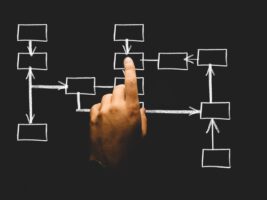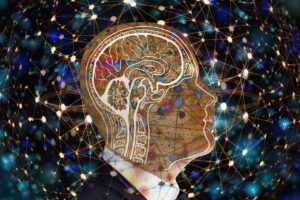Young children make optimal use of the vivid learning potential of their brains because they see something special everywhere in their everyday lives. They are amazed, experiment with all their senses and ask curious questions. The question remains as to why we do not continue this efficient, illustrative learning methodology throughout the entire educational process. We can promote our spatial-visual brain performance throughout our lives by systematically challenging our visual ability, vivid imagination and representation skills.
By developing spatial-visual competence, we gain access to the unlimited visual knowledge archive of our natural and cultural environment. In almost all future-oriented fields of activity, basic skills and abilities for visual design and communication are required, and the development of spatial-visual competence therefore enables us to participate in modern societies. We are provided with a vivid tool for understanding, communication, problem-solving and mediation that optimally expands and meaningfully complements our verbal language skills.
By developing spatial-visual skills, we also promote the development of our intelligence. To do this, we must learn to transfer the creative, analytical and practical strategies we have acquired to solving general problems. The theory is based on the current state of research in neuroscience, the effects of brain damage and a comparison of the spatial perceptions of people born blind, blind and visually impaired.


